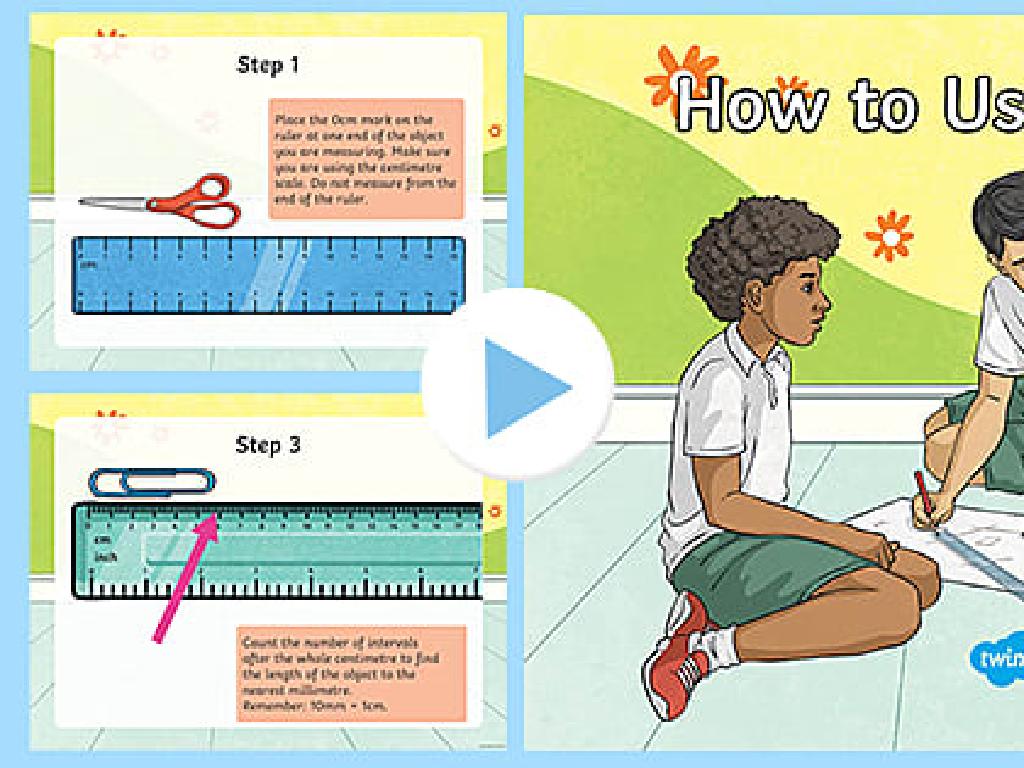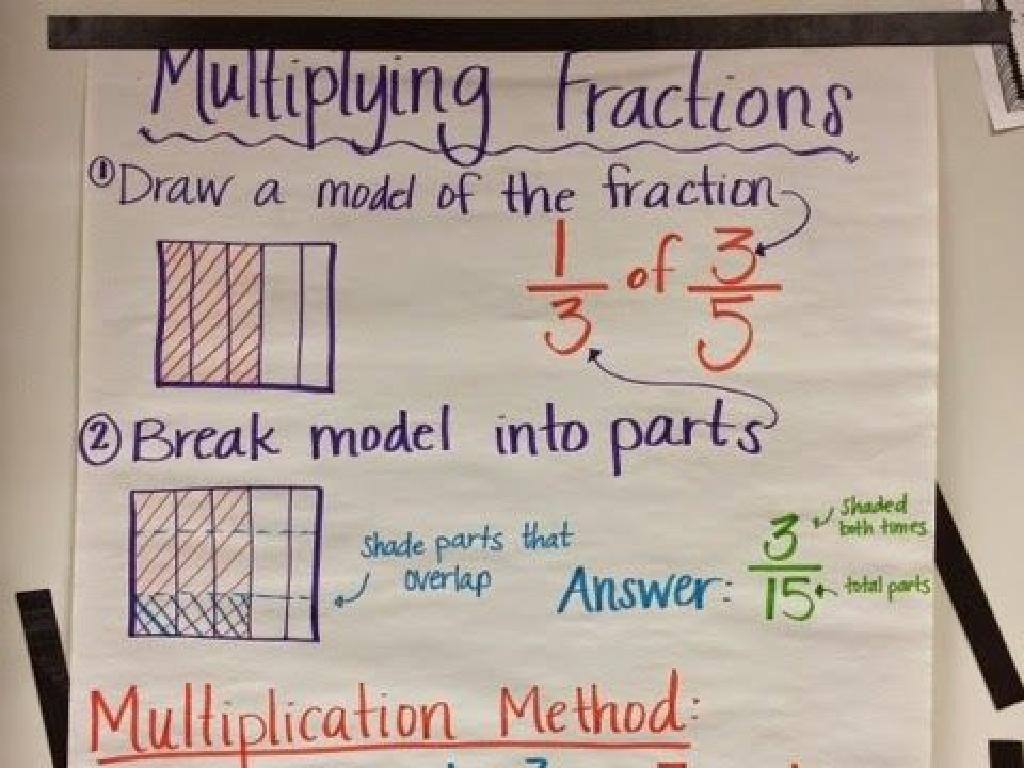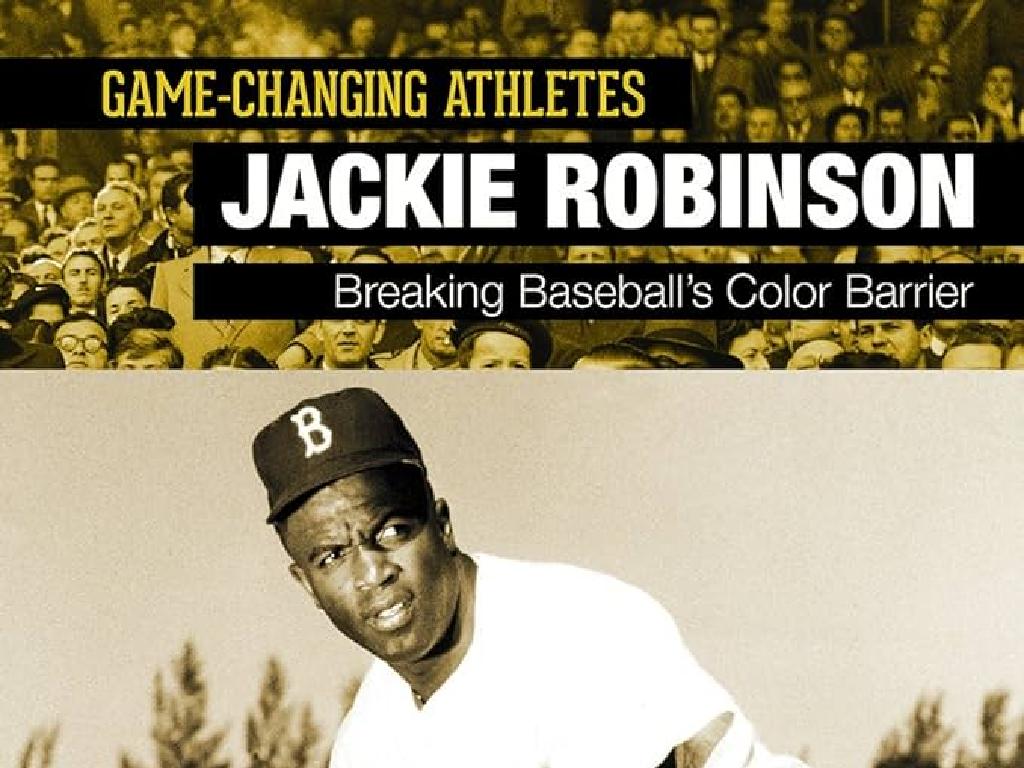The American Revolution: Turning The Tide Of The War
Subject: Social studies
Grade: Fourth grade
Topic: The American Revolution
Please LOG IN to download the presentation. Access is available to registered users only.
View More Content
The American Revolution: A Turning Point
– What was the American Revolution?
– A war where America fought for independence
– Why it’s a historical turning point
– It led to the birth of a new nation and inspired others
– Key battles that turned the tide
– Battles like Saratoga and Yorktown were crucial victories
– Heroes of the Revolution
– Leaders like George Washington helped win the war
|
This slide introduces the American Revolution, setting the stage for understanding its significance in history. It was not just a war; it was the struggle for American independence from British rule. The revolution was a turning point because it led to the creation of the United States and influenced other nations to seek freedom. Highlight key battles that shifted momentum to the American side, particularly the Battle of Saratoga, which is often considered the turning point of the war, and the final victory at Yorktown. Discuss the roles of key figures like George Washington, whose leadership was pivotal. Encourage students to think about what it means to fight for freedom and how the actions of these historical figures have shaped the world they live in today.
Causes of the American Revolution
– Major causes of the war
– Disagreements and unfair treatment sparked the war
– Taxation without representation
– Colonists didn’t have a say in British taxes
– The Boston Tea Party
– Protest against tea tax, colonists dumped tea into the harbor
– Other key events
– Acts like the Stamp Act and battles like Lexington and Concord
|
This slide aims to introduce students to the complex causes of the American Revolution. Begin with a discussion on the various factors that led to the war, emphasizing the colonists’ growing dissatisfaction with British rule. Explain ‘taxation without representation’ as a rallying cry for the colonists who were taxed by the British government without having any representatives in the British Parliament to voice their opinions. Highlight the Boston Tea Party as a significant act of protest against the Tea Act, which imposed taxes on tea. Also, mention other key events that contributed to the rising tensions, such as the Stamp Act and the first battles of the war at Lexington and Concord. Use this slide to set the stage for a deeper exploration of the American Revolution in subsequent lessons.
Key Battles of the American Revolution
– Battle of Saratoga
– First major American victory, convinced France to join the war.
– Battle of Yorktown
– Last major battle, led to British surrender.
– Turning points of the war
– These battles shifted momentum to American side.
– Alliances and victory
– French support helped Americans win the war.
|
This slide introduces students to two pivotal battles in the American Revolution: the Battle of Saratoga and the Battle of Yorktown. The Battle of Saratoga is considered the turning point of the war as it secured a crucial alliance with France. The Battle of Yorktown, effectively ending the war with an American victory, demonstrated the importance of alliances and foreign aid. Discuss how these battles changed the course of the war and emphasize the strategic and diplomatic efforts that led to the eventual success of the American forces. Encourage students to think about how alliances can impact the outcome of conflicts.
Heroes of the American Revolution
– George Washington’s leadership
– Led Continental Army to victory, exemplifying courage and strategy
– Key figures: Franklin & Jefferson
– Franklin helped gain French support; Jefferson wrote the Declaration of Independence
– Women’s roles in the Revolution
– Molly Pitcher aided in battle; Deborah Sampson disguised as a man to fight
– Recognizing unsung heroes
|
This slide aims to highlight the pivotal figures of the American Revolution and their contributions. George Washington’s leadership as the commander of the Continental Army was instrumental in turning the tide of the war. Benjamin Franklin’s diplomacy was key in securing French support, while Thomas Jefferson’s pen gave birth to the Declaration of Independence. Women like Molly Pitcher and Deborah Sampson showed that the fight for freedom transcended gender roles, with women actively participating and making significant sacrifices. Encourage students to appreciate the diverse group of individuals who played a role in the Revolution, including those whose stories are not often told.
Life During the American Revolution
– War’s impact on daily life
– Families faced shortages of food and supplies.
– Children’s contributions
– Many children helped by farming or making clothes.
– Colonial life hardships
– Harsh winters, battles nearby, and lack of medicine.
– Examples of daily struggles
– Stories of families enduring without basic needs.
|
This slide aims to give students a glimpse into the personal side of the American Revolution, focusing on how the conflict infiltrated the lives of everyday people, including children. Discuss how the war led to scarcity of goods and how families had to adapt to survive. Highlight the roles children played, such as assisting in farms or helping to sew uniforms, to support the war effort. Explain the difficulties faced by families, such as enduring harsh winters with limited resources, the dangers of living near battlefields, and coping without adequate medical care. Use storytelling to convey the emotional and physical struggles of colonial life, making it relatable to fourth graders by comparing it to their lives today. Encourage empathy and understanding of the sacrifices made during this pivotal time in history.
Turning the Tide of the American Revolution
– French alliance boosts American morale
– France’s entry into the war encouraged Americans and provided military support.
– Victory at Saratoga: a turning point
– Saratoga convinced France that America could win, leading to their alliance.
– Events leading to independence
– These victories and alliances increased American confidence and led to eventual independence.
|
This slide highlights two pivotal moments in the American Revolution that contributed to the eventual success of the American colonies in gaining independence. The French joining the war was a significant morale booster for the American forces and also brought much-needed military support. The victory at Saratoga is often considered the turning point of the war because it showed the world, especially France, that the Americans could defeat the British, leading to the crucial French-American alliance. These events, among others, set the stage for the eventual American victory and independence. When discussing this slide, emphasize the importance of alliances in war and how key victories can shift the momentum of a conflict. Encourage students to think about how these events might have felt for the people living through them.
The Path to Victory: The American Revolution
– Yorktown’s pivotal surrender
– General Cornwallis surrendered, leading to the end of major combat.
– Treaty of Paris negotiations
– Peace talks in Paris that officially ended the war.
– Proclaiming a new nation
– The United States emerged as an independent country.
|
This slide highlights the final stages of the American Revolution, culminating in the victory of the American colonies. The surrender at Yorktown was a decisive moment, with British General Cornwallis’s capitulation marking the end of significant fighting. Following this, the Treaty of Paris was negotiated, which formally ended the war and recognized American independence. The birth of the new nation was a monumental event, setting the stage for the development of the United States of America. In class, discuss the significance of these events and how they shaped the future of the nation. Encourage students to think about what it meant for the people at the time to suddenly become citizens of a new country.
Revolutionary Role-Play Activity
– Divide into groups for role-play
– Each group represents war figures
– Perform skits on war perspectives
– Discuss contributions to victory
– Think about strategies, battles, and alliances
|
This class activity is designed to engage students in a creative and interactive way to learn about the American Revolution. By dividing the class into groups, students can embody different figures and sides of the war, such as the Patriots, the British, or the French allies. Each group will prepare and perform a short skit to represent their assigned perspective of the war. After the performances, lead a discussion on how each group’s actions and decisions could have contributed to turning the tide of the war. This will help students understand the complexities of the war and the different factors that led to the eventual victory of the American forces. Possible activities for different students could include reenacting a key battle, debating as members of the Continental Congress, or negotiating as French allies. The goal is to foster empathy and a deeper understanding of the historical events.





